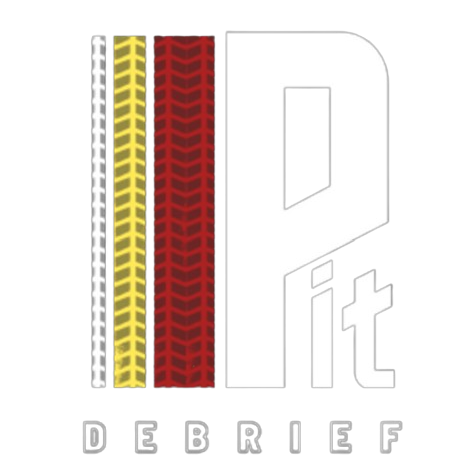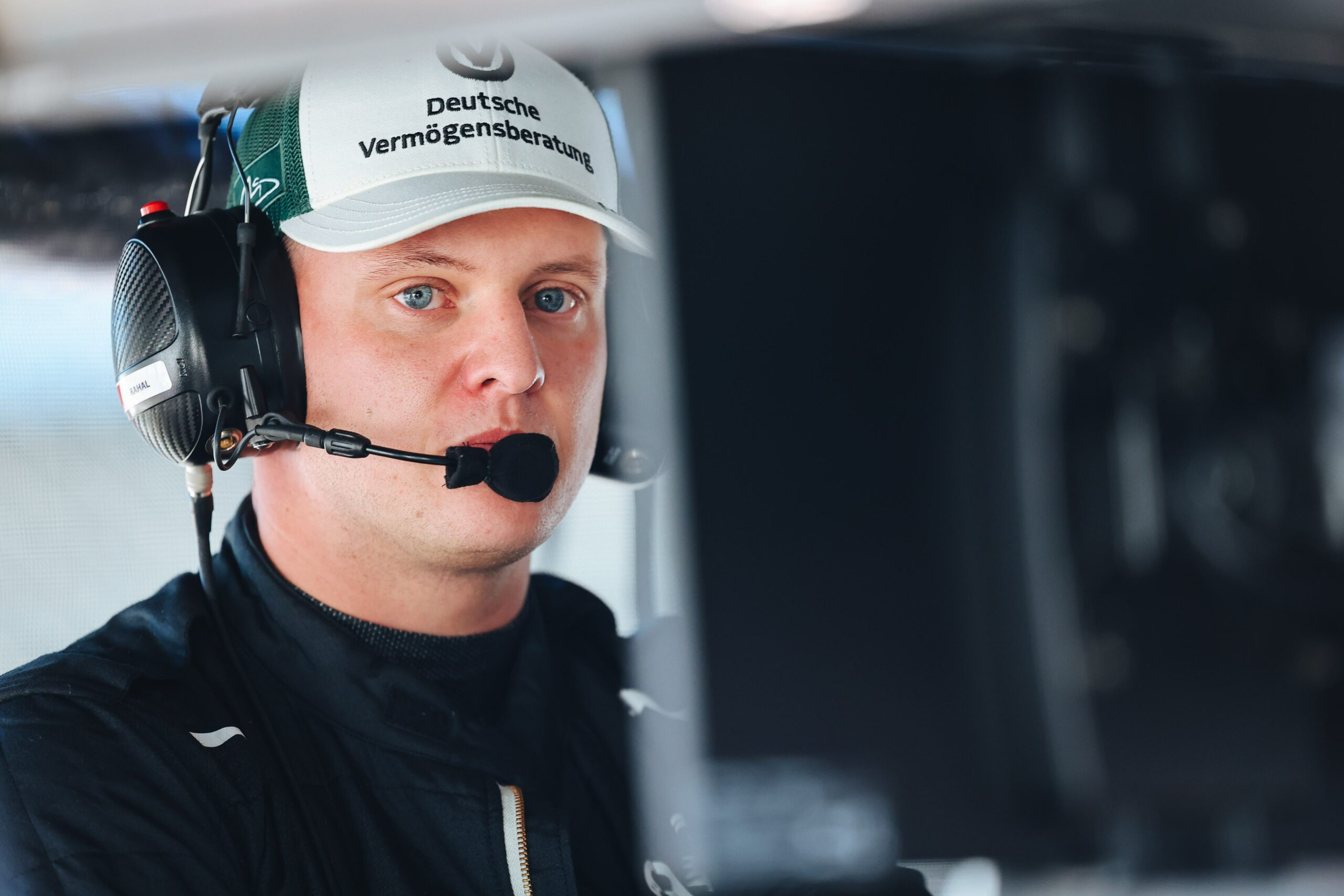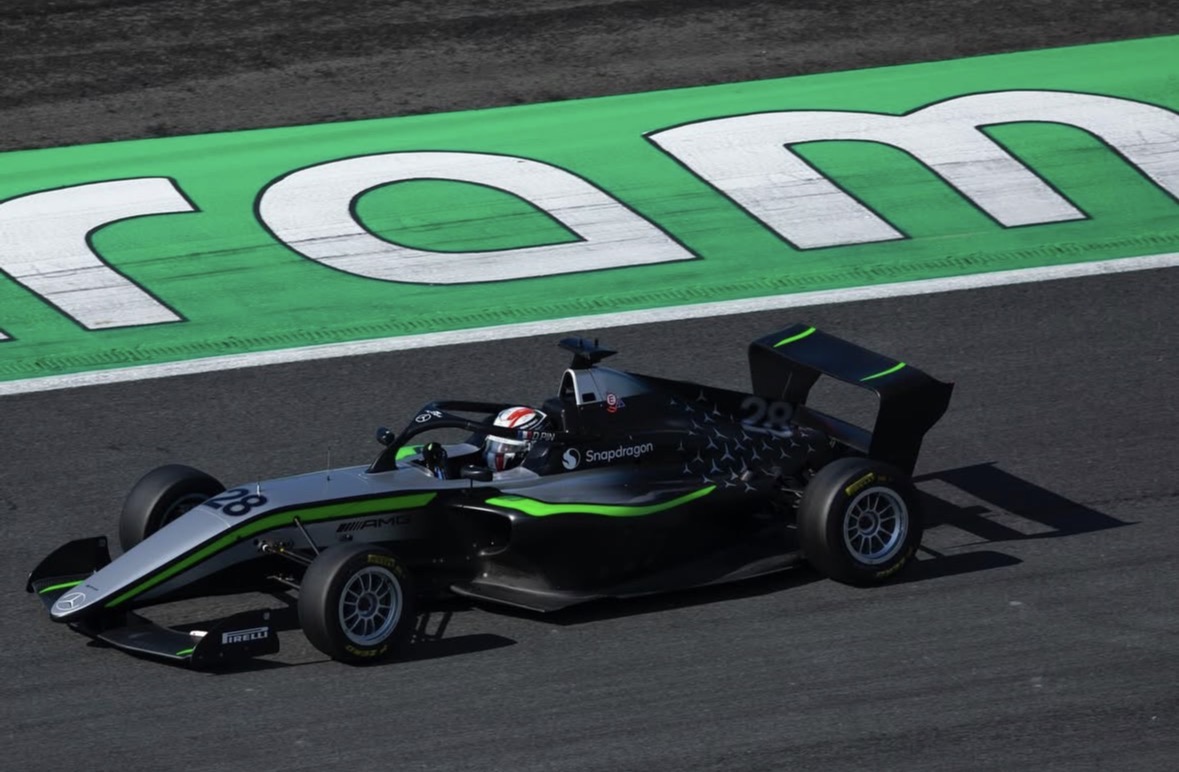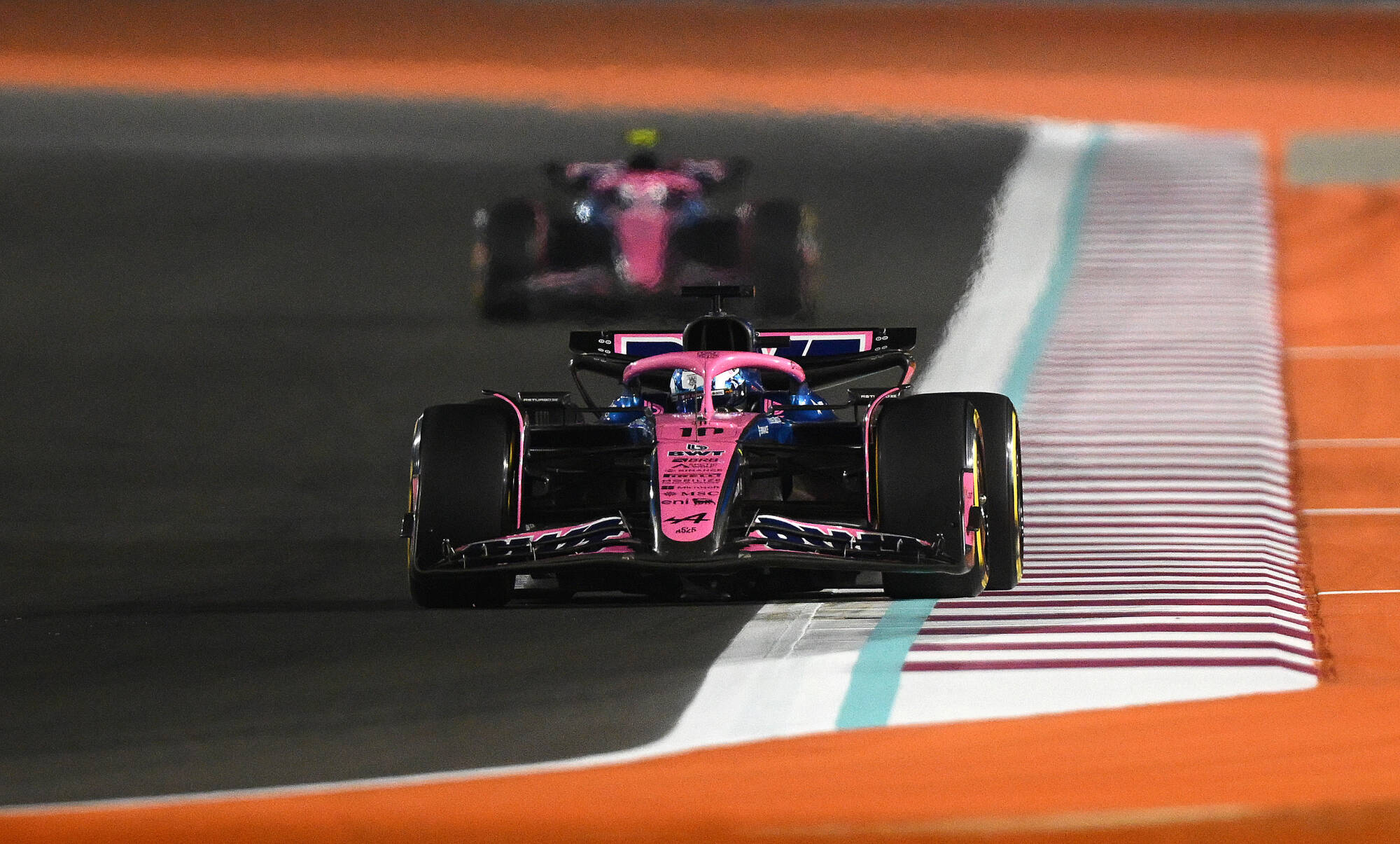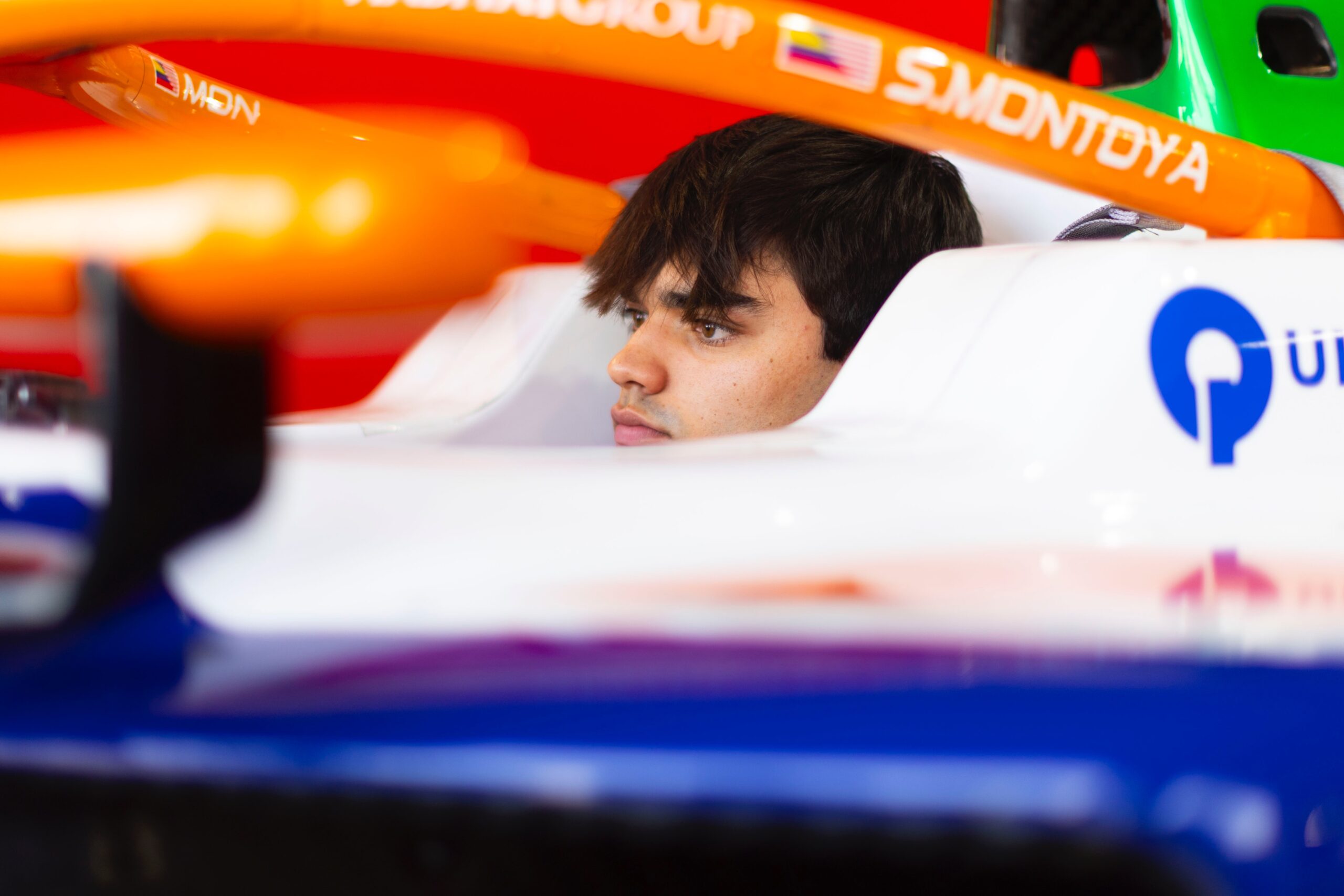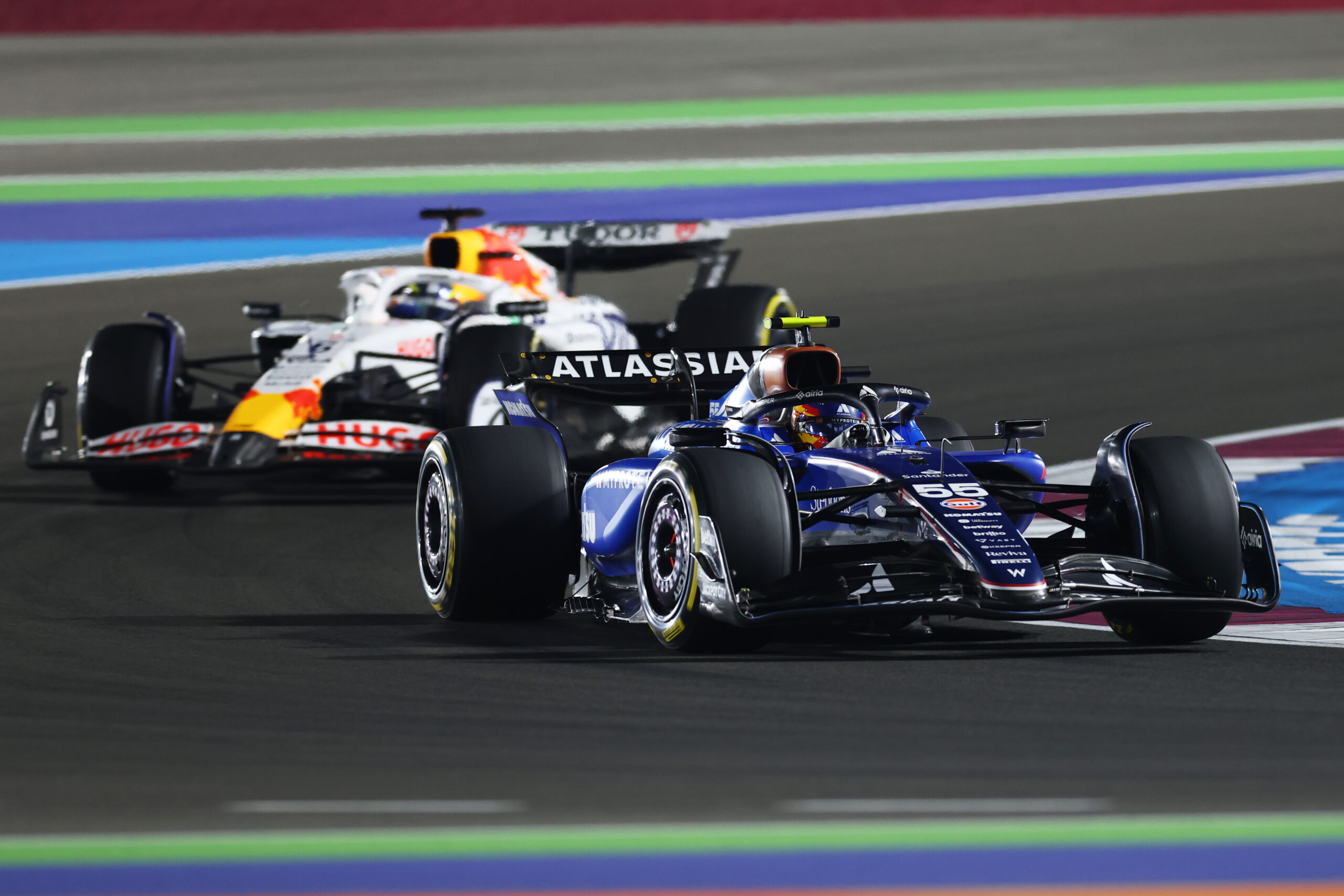Mick Schumacher took a significant step into the world of American open-wheel racing this week, where he completed a full day of IndyCar testing at the Indianapolis Motor Speedway road course with Rahal Letterman Lanigan Racing. After a surprising pivot to the series, Schumacher piloted the No.75 Honda, where he got his first taste of an IndyCar machine.
Currently racing in the FIA World Endurance Championship, the driver is no stranger to the discipline that comes with racing and testing days; Tuesday’s testing was his first hands-on experience with the high downforce world of INDYCAR.
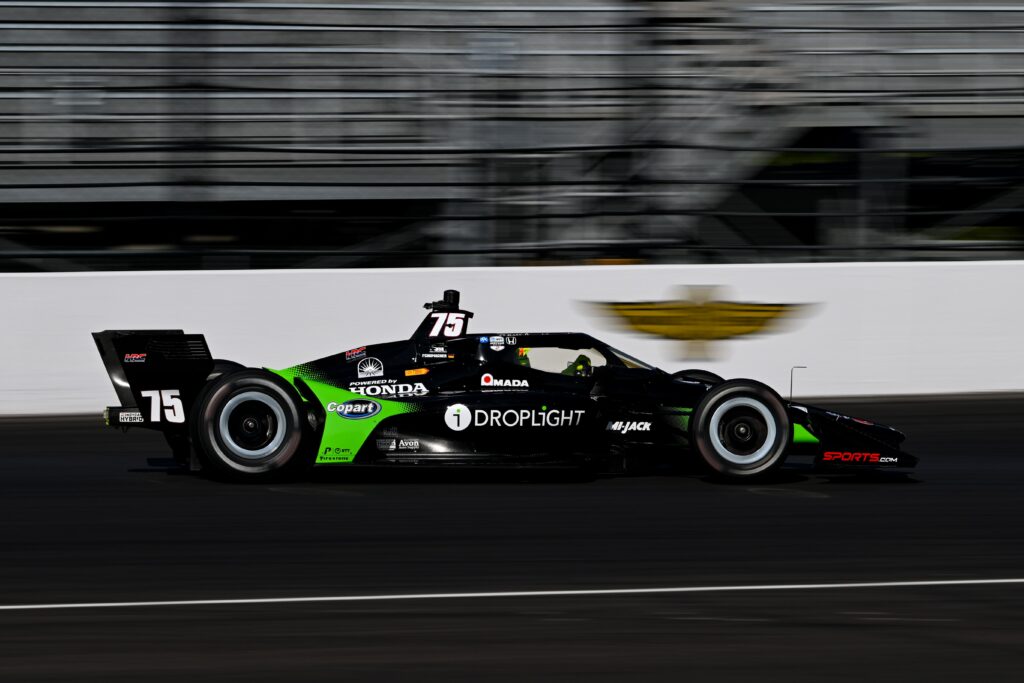
A productive day
Reflecting on his first time in the machinery, Schumacher shared with Pit Debrief and other media outlets, “Yeah, it’s been obviously good. Good to get to know the car, get to know the team. We managed to get through all the run plan and the test items we wanted to do, so obviously very happy with that.”
To prepare, he took the time to understand the intricacies of the Dallara chassis, Firestone tires, and the unique driving style required for the vehicle. This involved a full day of activities, including seat fittings and simulator sessions at the RLL headquarters, followed by a structured day of testing.
While achieving the fastest lap times wasn’t the intention, he noted that pace was surprisingly competitive right from the start. “I think we’re stoked about what the lap times are doing. It wasn’t the main target, but still it went pretty well.”
Parallels between F1 and INDYCAR
Formerly an F1 driver, Schumacher took part in 43 races during the 2021-2022 season for the Haas F1 team and went on to become a reserve driver for the Mercedes AMG-Petronas F1 Team. When asked about the biggest learnings from his day, he drew parallels from his Formula 2 championship-winning experience; while the series may be different, a few intricacies tie them together.
“It feels very much like an F2 car,” he explained. “Maybe a little bit heavier in terms of steering… F1 is obviously another step ahead with more downforce, more power, the hybrid system, but IndyCar is probably more raw. You have to be more aggressive. The tires take that aggressive style.”
Adapting to the steering on various courses has defined IndyCar, with drivers battling the car on every lap, depending on the type of circuit they compete on.
“There’s a lot of fun in that; every aspect has its benefits and negatives. It’s good to see the difference, and both have their flair.”
New experience with the Firestones
For a driver who’s had his fair share of experiences in several racing series, adapting to new tyre compositions has always been a significant part of the learning curve. From Pirellis in Formula 1 to Michelins in Endurance Racing to the Firestones used in the American series, Schumacher drew comparisons from the tyres provided during his F3 days; both consistent and durable for longer stints.
“The Firestone reminded me of my F3 years,” he noted. “You could still do a decent lap time after 15 laps. So far, so good.”
When asked about his thoughts on driving with the Aeoscreen, similar to the halo used in Formula 1, a key part of safety in the series, “It kind of disappears at some point. You get used to driving with it like it’s not even there. The only big change is that you don’t get much air into your face” he shared.
While no formal announcement has been made regarding Schumacher joining the IndyCar grid, the recent test has certainly sparked speculation. With several seats yet to be confirmed for 2025 and RLL actively evaluating its lineup, Schumacher’s name is likely to continue to be part of the discussion.
At just 26 years of age, Schumacher has had a decorated resume from participating in diverse racing series that have allowed him to gain valuable experience throughout his career.
